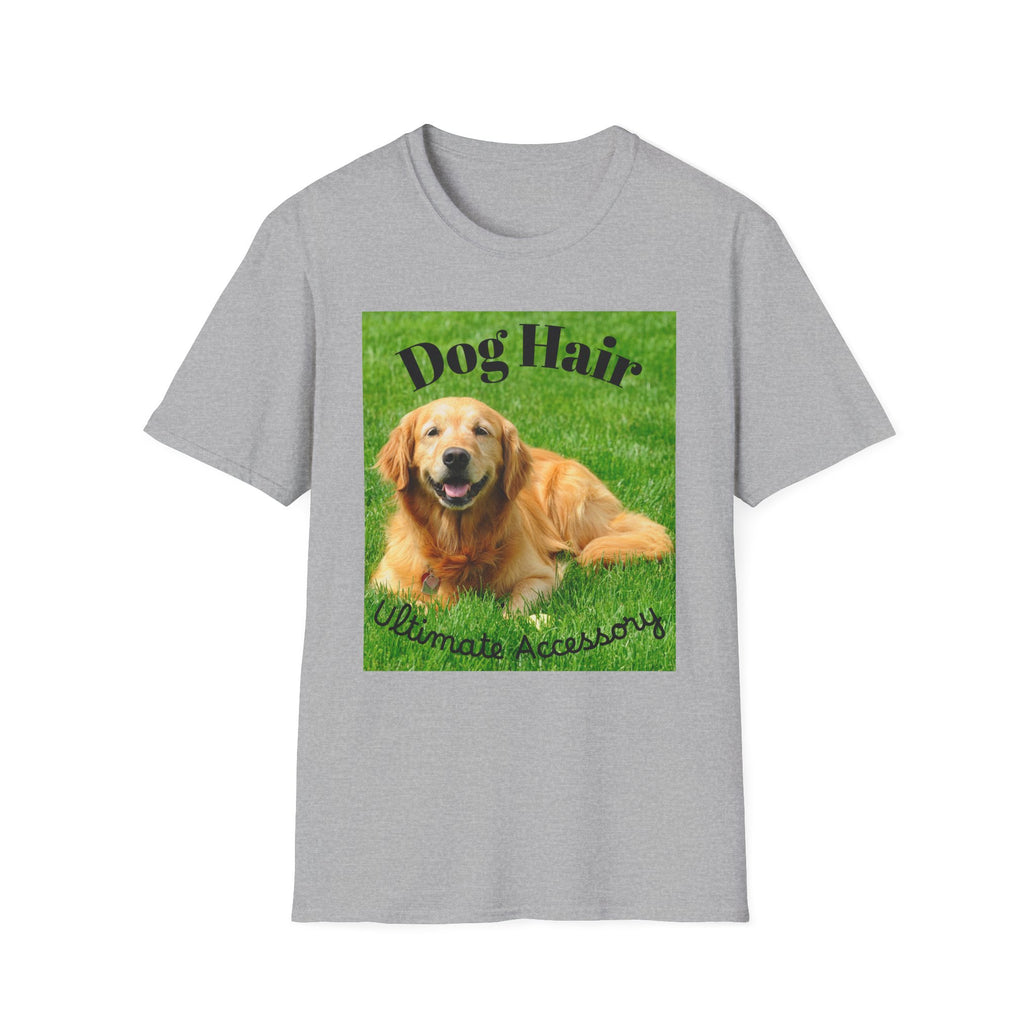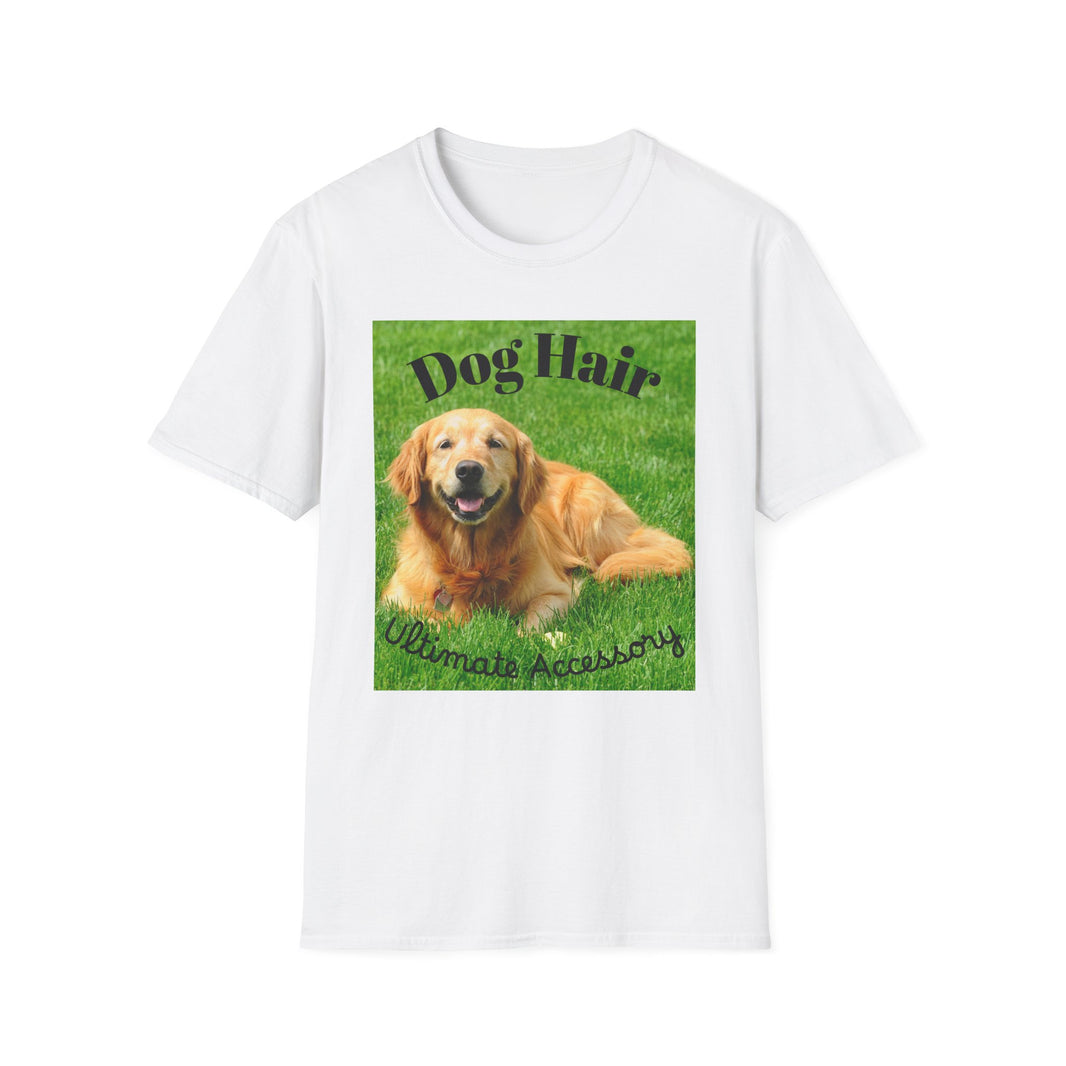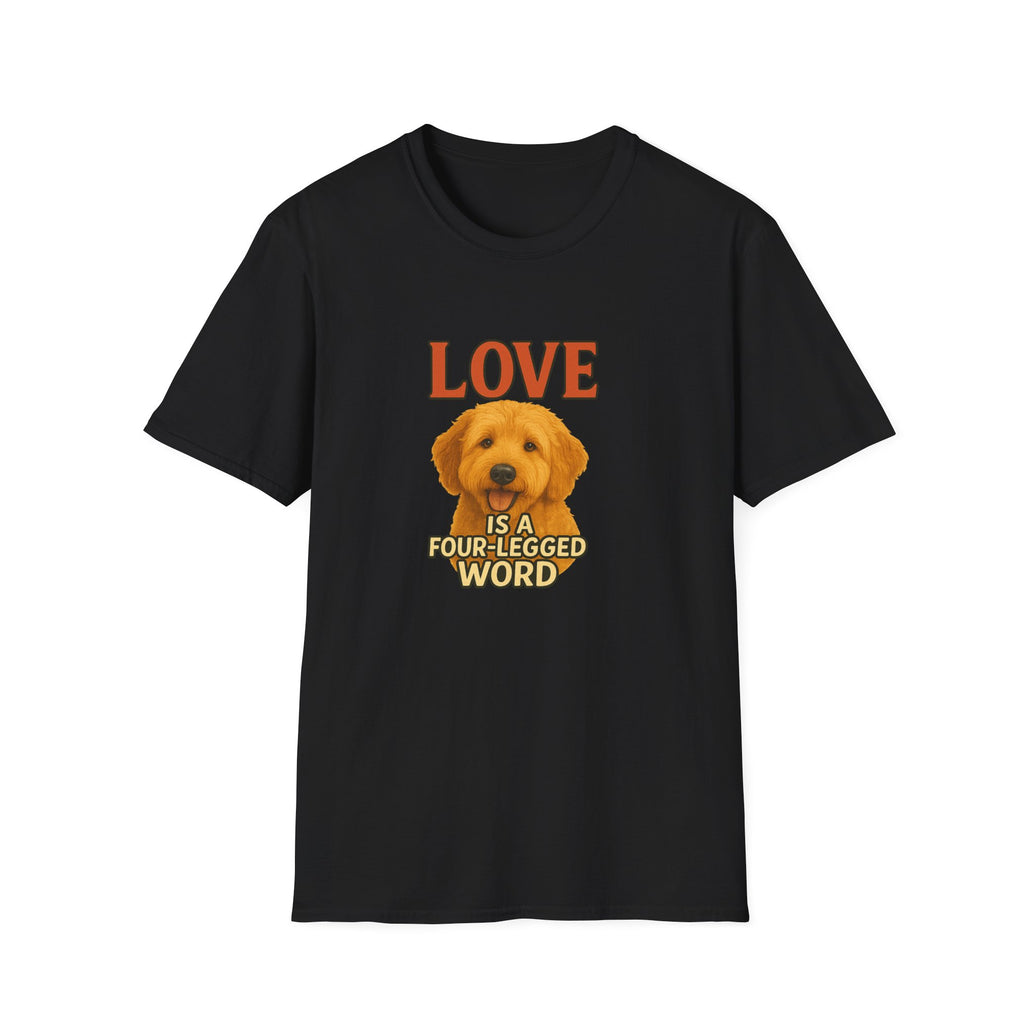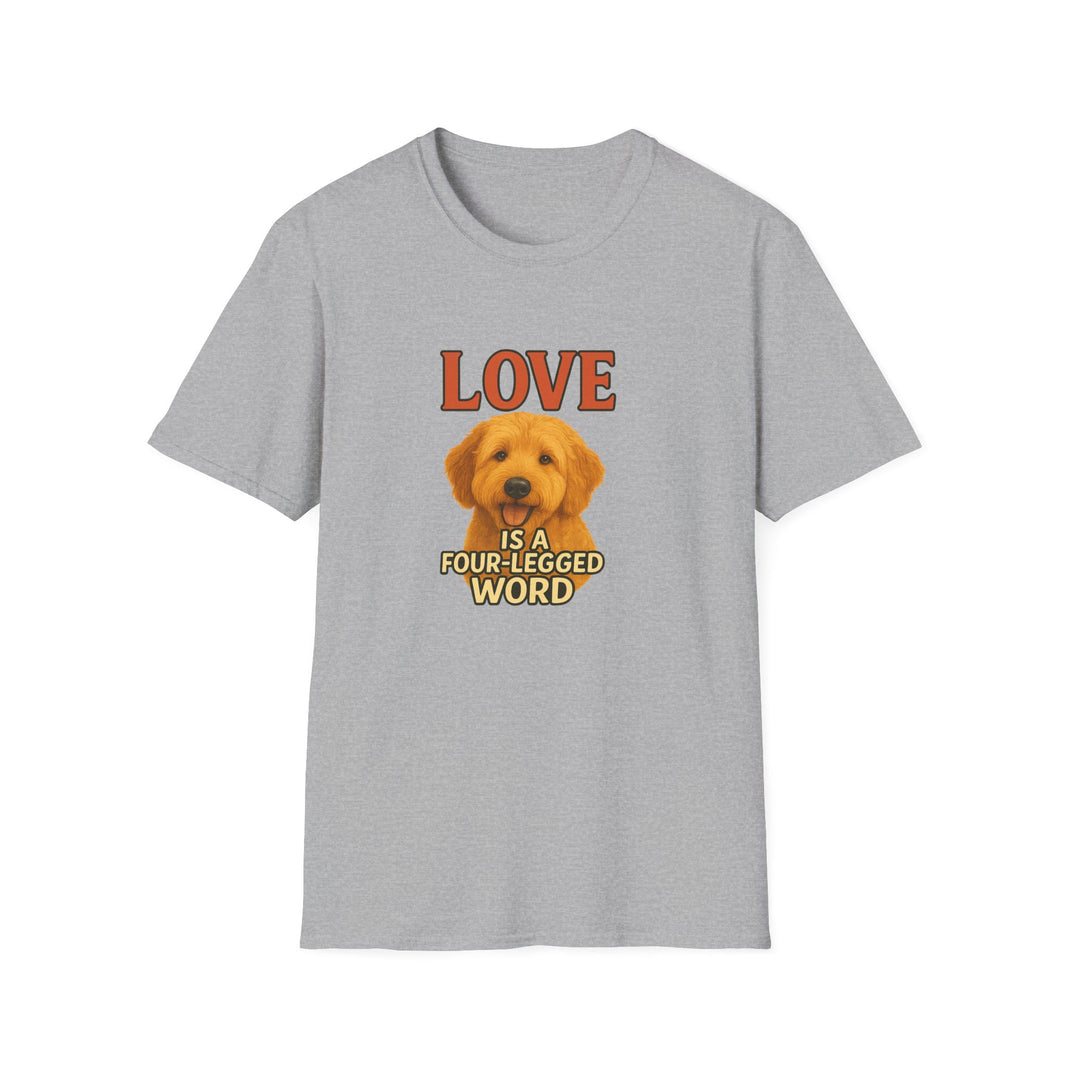Your One-Stop Shop for Everyday Essentials & Unique Finds
The Ultimate Guide to Choosing the Best Winter Hiking Cap for Your Adventures
Winter hiking is an incredible way to enjoy the outdoors, but staying warm and safe is key. A good winter hiking cap can make all the difference, keeping you comfortable and protected from the elements. Whether you're trekking through snowy trails or just enjoying a brisk walk, the right cap is a must-have for your cold-weather adventures.
Key Takeaways
- A winter hiking cap is essential for staying warm and shielding your head from harsh weather.
- Look for features like insulation, waterproofing, and breathability when choosing a cap.
- Different styles, like beanies or caps with ear flaps, offer various levels of warmth and coverage.
- The material of the cap, such as wool or synthetic blends, can affect durability and comfort.
- Proper care and storage can extend the life of your winter hiking cap.
Why a Winter Hiking Cap is a Must-Have
Keeping Warm in Cold Conditions
Ever notice how the chill seems to hit harder when your head's exposed? That’s because a lot of your body heat escapes through your head. A good winter hiking cap acts like a cozy shield, trapping warmth so you stay comfortable, even when the temperature drops. Keeping your head warm isn’t just about comfort—it’s about staying safe in freezing conditions.
Protecting Your Head from the Elements
Winter hiking brings its own set of challenges: biting winds, snow flurries, and maybe even freezing rain. A well-designed cap can block those harsh elements, keeping your head and ears protected. Look for features like windproof materials or ear flaps for added coverage. It’s like having a mini fortress for your head!
Enhancing Your Outdoor Experience
When your head’s warm and dry, everything about your hike feels better. You’re not distracted by the cold, so you can focus on the beauty around you. Whether you're trekking through snowy trails or just enjoying a winter walk, the right cap makes all the difference. It’s a small piece of gear, but it packs a big punch in ensuring you enjoy every step of your adventure.
Key Features to Look for in a Winter Hiking Cap
Insulation and Warmth
When you're out in the cold, keeping your head warm is non-negotiable. Look for caps made with materials like wool or fleece, as they trap heat effectively. Some caps even come with a double-layered design or extra lining for an added boost of warmth. A snug fit that covers your ears is key to sealing in heat and keeping the chill out.
Waterproof and Windproof Materials
Winter weather can be unpredictable, so having a cap that stands up to wind and snow is a game-changer. Caps made from waterproof or windproof fabrics, like Gore-Tex or treated nylon, will keep your head dry and cozy. Some caps also feature wind flaps or neck covers for extra protection against icy gusts.
Breathability and Moisture-Wicking Properties
While warmth is vital, you don't want to overheat during a hike. Caps with moisture-wicking liners help manage sweat, keeping your head dry and comfortable. Breathable materials like synthetic blends or ventilated panels strike the perfect balance between warmth and airflow.
Adjustable Fit and Comfort
Comfort is everything when you're spending hours outdoors. Look for caps with adjustable features like cinch cords, elastic bands, or Velcro straps to customize the fit. This not only keeps your cap secure in windy conditions but also prevents discomfort or headaches from a too-tight fit. Bonus points for caps with soft, itch-free linings!
Different Styles of Winter Hiking Caps
Classic Beanies for Versatility
Classic beanies are like the Swiss Army knife of winter caps. They’re simple, snug, and can go with just about anything. Whether you’re out on a snowy trail or grabbing coffee after a hike, a beanie keeps things casual yet functional. Look for ones made from wool or synthetic blends for that balance of warmth and breathability.
Fleece-Lined Caps for Extra Warmth
If you’re someone who always feels the cold, fleece-lined caps are a game-changer. The added layer of fleece traps heat, keeping your head toasty even on the chilliest days. These are perfect for activities like snowshoeing or winter camping when you’ll be exposed to freezing temperatures for long periods.
Caps with Ear Flaps for Full Coverage
Feel like your ears always get the worst of winter? Caps with ear flaps have you covered—literally! These designs offer full coverage, shielding your ears and sometimes even your neck from biting winds. Many come with adjustable straps to secure them under your chin, so they stay put no matter how gusty it gets.
Wide-Brimmed Hats for Sun and Snow Protection
Wide-brimmed hats aren’t just for summer. They’re perfect for winter hikes where sun glare off the snow can be blinding. Plus, they provide some coverage for your face and neck, which is great for those long, sunny treks. Just make sure the material is weather-resistant, so it can handle a bit of snow or drizzle.
Choosing the Right Cap for Your Winter Adventure
Matching Your Cap to the Activity
Picking the right winter hiking cap starts with thinking about what you’ll be doing. Are you hitting the trails for a brisk hike or just walking the dog around the block? For high-energy activities, go for lightweight, breathable caps that wick away moisture. If you’re out for a slow, scenic trek, a fleece-lined cap or one with ear flaps might be your best friend. Always match your cap to your activity to stay comfortable and ready for anything.
Considering Weather Conditions
Winter weather can be unpredictable, so your cap needs to handle it all. For snowy or rainy hikes, look for caps made from waterproof materials. Windy? Caps with ear flaps or snug fits can block out those icy gusts. On sunny days, a wide-brimmed hat with UV protection shields you from glare and harmful rays bouncing off the snow. Always think about the forecast before heading out!
Finding the Perfect Fit
A cap that’s too tight will drive you nuts, and one that’s too loose won’t keep you warm. Look for adjustable features like drawstrings or elastic bands. If you’re shopping online, check the sizing chart and measure your head to avoid surprises. A well-fitted cap not only keeps your head cozy but also stays put during your adventures.
The right winter cap isn’t just about warmth—it’s about making your outdoor experience better, no matter what winter throws your way.
Top Materials for Winter Hiking Caps
Wool for Natural Warmth
Wool is a classic choice when it comes to winter hiking caps. Why? Because it’s naturally insulating and keeps you warm even if it gets a little damp. The fibers trap air, creating a cozy barrier against the cold. Plus, wool is breathable, so you won’t feel like you’re overheating during those uphill climbs. For intense activities like hiking or snowshoeing, a ragg wool or recycled wool blend cap is a solid pick. Bonus: Wool is also great at wicking moisture away from your skin, keeping you dry and comfortable.
Synthetic Fabrics for Durability
If you’re looking for something lightweight and tough, synthetic materials like polyester or nylon are your go-to. These fabrics are often treated to be water-resistant, so you don’t have to worry about snow or light rain soaking through. They also dry quickly, which is a lifesaver if you’re dealing with unpredictable weather. Many synthetic caps also feature fleece linings for extra warmth without adding bulk. One big plus is that synthetics tend to be more durable, holding up well against wear and tear during rugged adventures.
Blends for the Best of Both Worlds
Sometimes, you just want it all—warmth, durability, and comfort. That’s where blended materials shine. Wool-synthetic blends combine the best properties of both: you get wool’s insulating and moisture-wicking abilities paired with the durability and quick-drying features of synthetics. These caps are versatile and work well in a variety of conditions, making them an excellent all-around choice for winter hikes.
A good winter hiking cap isn’t just about style—it’s about staying warm, dry, and comfortable no matter what the trail throws at you. Choose the material that matches your needs, and you’ll be ready for anything.
Caring for Your Winter Hiking Cap
Cleaning and Maintenance Tips
Keeping your winter hiking cap clean is essential for both hygiene and durability. Start by checking the care label—this little tag can be a lifesaver. Most synthetic caps can go in the washing machine, but it's best to use a gentle cycle with cold water and mild detergent. For wool or fleece-lined caps, handwashing is usually the safer option. Avoid high heat when drying, as it can shrink or warp the material. Instead, let your cap air dry on a flat surface to help it keep its shape.
Storing Your Cap Properly
How you store your cap during the off-season matters. Tossing it in a random drawer might seem fine, but it could lead to creases or damage over time. Instead, store your cap flat or loosely stuffed with tissue paper to maintain its structure. If you’re short on space, consider hanging it on a hook or using a storage bag to keep it dust-free. Proper storage not only preserves the cap’s shape but also ensures it’s ready to go when the next adventure calls.
Extending the Life of Your Cap
Want your favorite hiking cap to last for years? Here are a few tips:
- Rotate between a couple of caps if you hike often to reduce wear and tear.
- Keep it away from direct sunlight when not in use, as UV rays can fade colors and weaken fabrics.
- Treat stains immediately to prevent them from setting in. A quick spot clean with a damp cloth can work wonders.
A little care goes a long way. By following these simple steps, you can keep your winter hiking cap looking and performing like new, season after season.
Accessorizing Your Winter Hiking Look

Pairing Your Cap with Other Gear
A winter hiking cap is just the start. To really stay warm and comfortable, you’ll want to pair it with other essential cold-weather gear. Think about layering a moisture-wicking base layer, an insulating mid-layer, and a waterproof outer shell. Gloves, like the Outdoor Research Vigor Heavyweight Sensor Gloves, are a great addition to keep your hands toasty. Don’t forget about your feet—insulated boots and wool socks are a must. When your accessories work together, you’ll feel prepared for anything.
Adding Reflective Elements for Safety
Safety is key, especially if your winter adventures stretch into the early evening. Adding reflective elements to your gear can make a big difference. Some caps come with built-in reflective strips, but you can also add reflective tape to your backpack or jacket. If you’re hiking in a group, it’s a good idea to make sure everyone has reflective gear so you’re visible to each other and any passing vehicles.
Choosing Colors That Pop in the Snow
Winter landscapes are often muted, so why not add some color to your look? Brightly colored caps, jackets, or gloves not only make a fashion statement but also help you stand out in case of an emergency. A bold red or neon green cap can be both functional and stylish. Plus, it’s a fun way to personalize your hiking outfit while staying practical.
Wrapping It Up
Alright, so there you have it! Picking the right winter hiking cap isn’t rocket science, but it does take a bit of thought. Whether you’re all about staying toasty, blocking the wind, or just looking good in those trail selfies, there’s a cap out there for you. Remember, comfort and practicality come first—style is just a bonus. So, grab your gear, throw on that perfect hat, and get out there to enjoy the frosty trails. Winter adventures are waiting, and now you’re ready to tackle them head-on!
Frequently Asked Questions
Why is a winter hiking cap important?
A winter hiking cap helps keep your head warm, protects you from harsh weather, and enhances your overall hiking experience.
What materials are best for winter hiking caps?
Wool, synthetic fabrics, and blends are excellent choices for warmth, durability, and comfort.
How do I clean and care for my winter hiking cap?
Follow the care instructions on the label, which usually involve gentle washing and air drying. Store it in a dry place to keep it in good condition.
What style of cap is best for extreme cold?
Caps with ear flaps or fleece-lined options provide extra warmth and coverage for very cold conditions.
Can I use my winter hiking cap for other outdoor activities?
Yes, many winter hiking caps are versatile enough for activities like skiing, snowboarding, or casual wear.
How can I ensure my cap fits properly?
Look for adjustable features like drawstrings or elastic bands to get a snug and comfortable fit.













Leave a comment